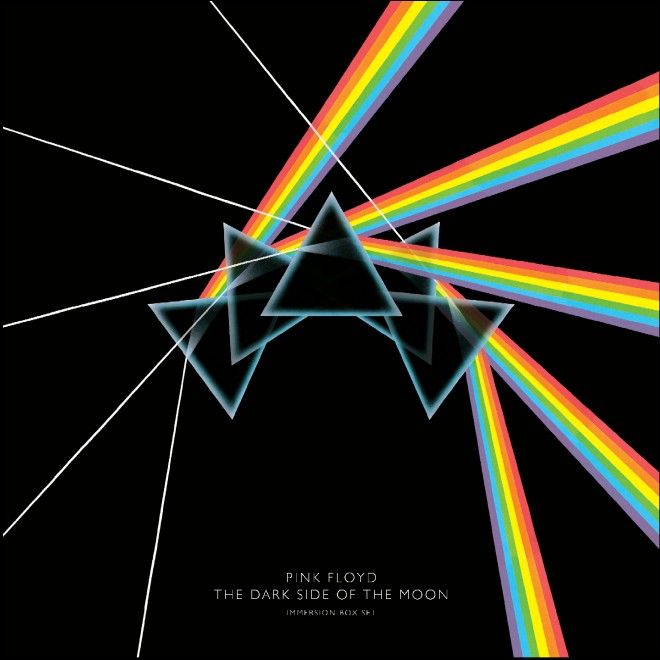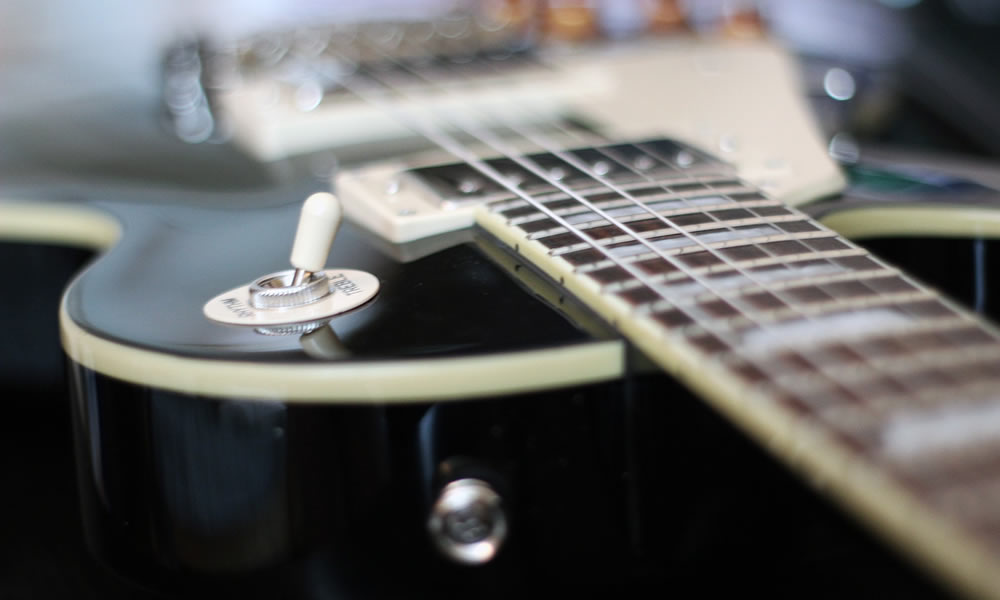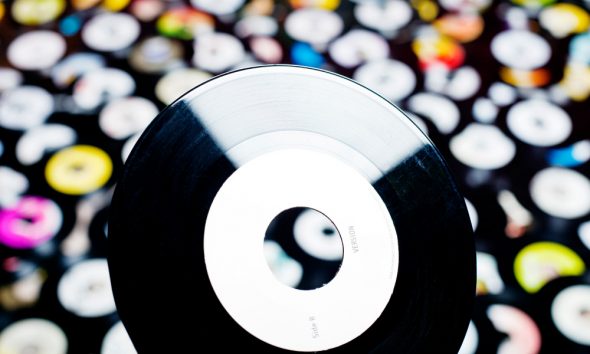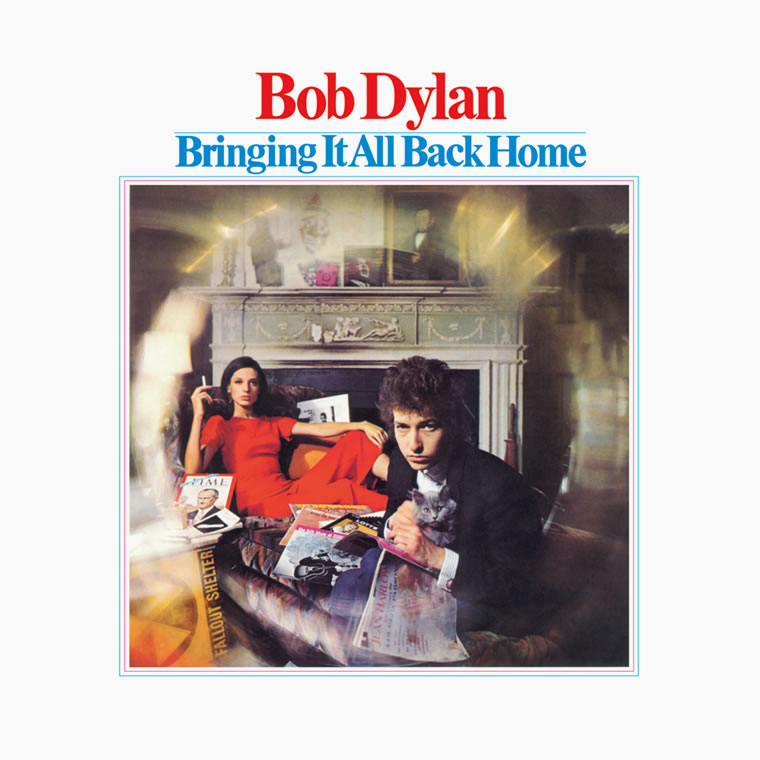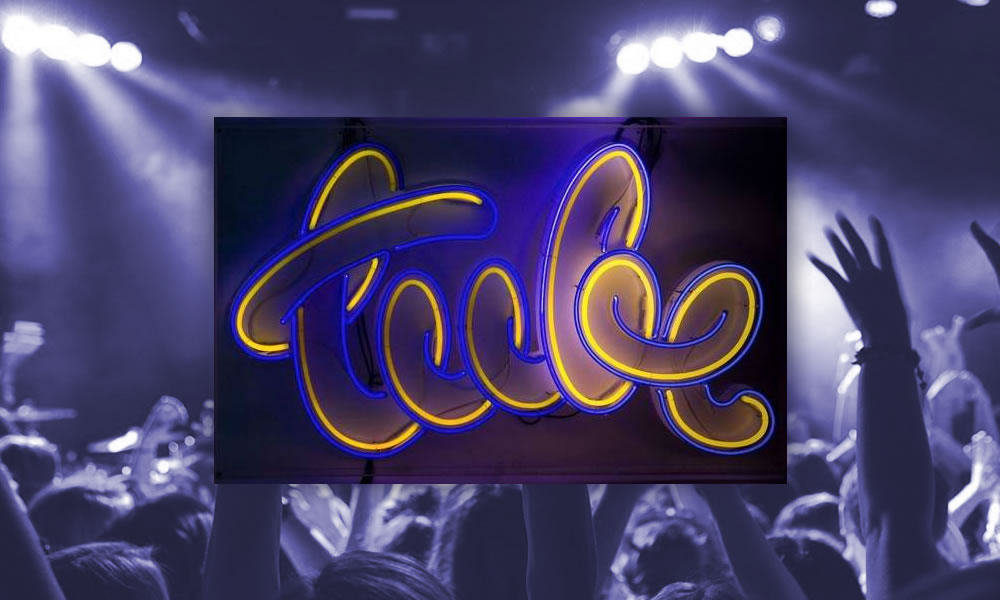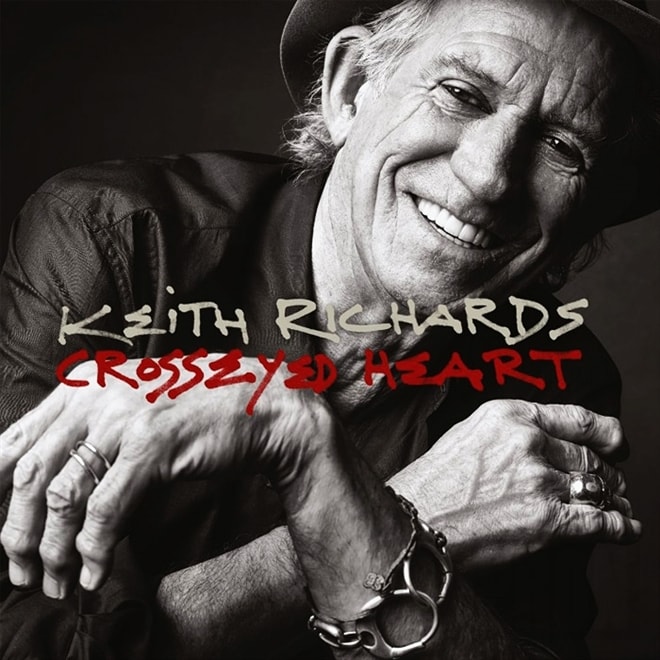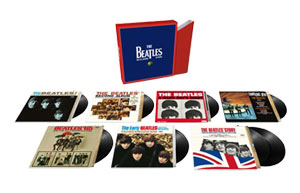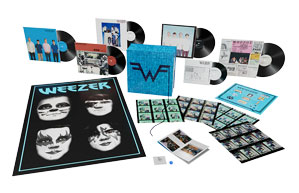Deep Purple – Machine Head
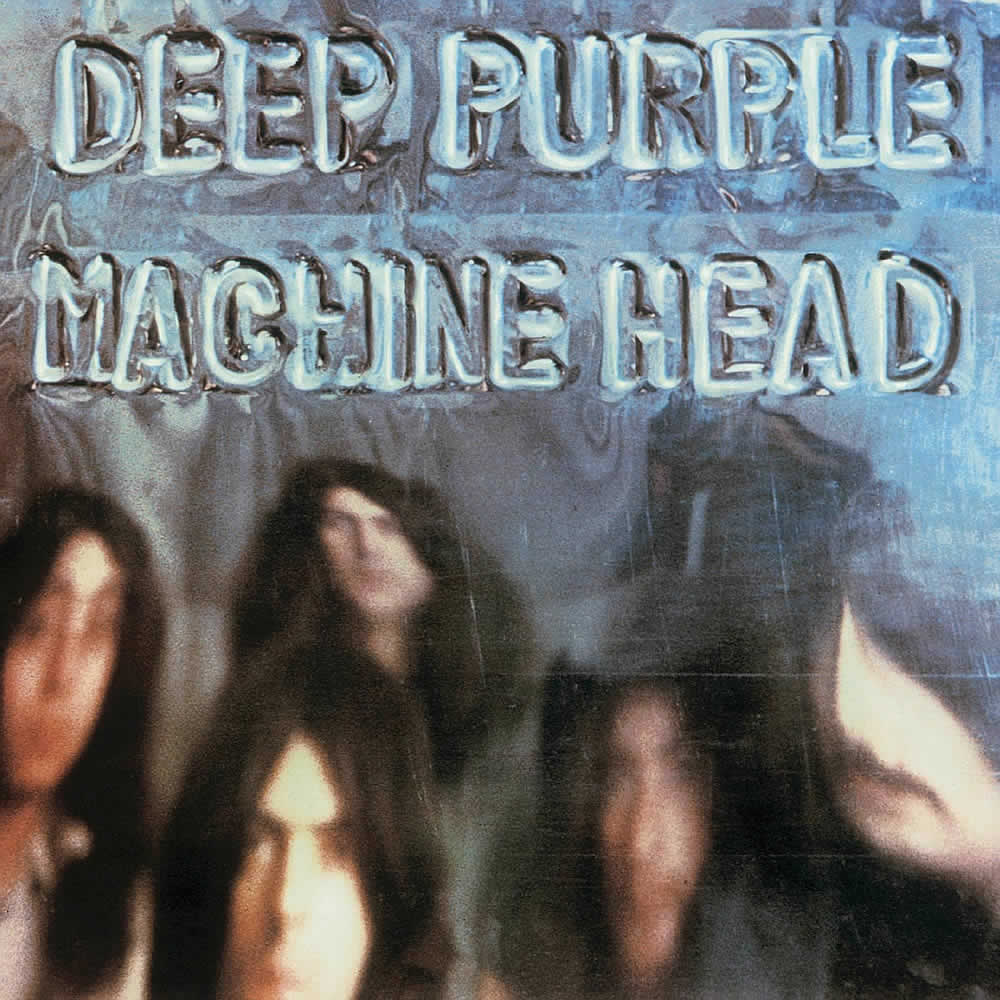

These days, perhaps, Machine Head’s stature has become somewhat tainted by the overbearing familiarity of Smoke On The Water. As well as being Deep Purple’s best-known song it’s also become a bit of a bugbear. After all, its signature guitar riff is perhaps the most recognised in rock history.
Machine Head, recorded by Deep Purple Mk II in 1971, contains the ‘mother of all guitar riffs’ in Smoke On The Water, inspired by real-life events in Montreux, Switzerland, where Deep Purple were recording the album when the Montreux Casino was burned to the ground during a Frank Zappa concert.
But look beyond Smoke… and you’ll discover Machine Head is the most consummate and well-rounded album recorded by any Purple line-up. What’s more, does Machine Head have just about the greatest opening track on any rock album, ever? There’s a strong case to be made for it.
Highway Star sets a blistering, breathtaking, homicidal pace. Ritchie Blackmore doesn’t just play his guitar, he slashes at it, and the galloping, chundering beat just grows and grows. Ian Gillan’s shrill, tape-looped howls herald some of his all-time great lyrics: ‘Nobody gonna take my car / I’m gonna race it to the ground / Nobody gonna beat my car / It’s gonna break the speed of sound / O-o-o-h it’s a killing machine / It’s got everything…’
Machine Head was conceived at a lightning pace. As it says on the album sleeve: ‘This album was written and recorded in Montreux, Switzerland, between December 6 and 21, 1971.’ But the necessity to deliver the goods launched Purple onto a creative high. While Machine Head might have been born out of spontaneity, it was also structured impeccably.
Ritchie Blackmore remembered: ‘We had the Rolling Stones‘ mobile recording unit sitting outside in the snow, but to get there we had to run cable through two doors in the corridor into a room, through a bathroom and into another room, from which it went across a bed and out the veranda window, then ran along the balcony for about 100 feet and came back in through another bedroom window. It then went through that room’s bathroom and into another corridor, then all the way down a marble staircase to the foyer reception area of the hotel, out the front door, across the courtyard and up the steps into the back of the mobile unit. I think that setup led to capturing some spontaneity, because once we got to the truck for a playback, even if we didn’t think it was a perfect take, we’d go, ‘Yeah, that’s good enough.’ Because we just couldn’t stand going back again.’
There are only seven tracks – although in later years it benefited from the addition of When A Blind Man Cries, the B-side to the first single off the album, Never Before, released in March 1972 – so the brevity of Machine Head is somewhat surprising in these CD times. But it’s all about quality, not quantity, as Purple blaze through Maybe I’m A Leo, Pictures Of Home and the aforementioned Never Before, before the big conflagration arrives: Smoke On The Water, Lazy and Space Truckin’ rake over the ashes as the album come to a smouldering close. Of course, many of these songs would take on entirely new identities in a live environment, where Purple would jam to their heart’s content.
Machine Head remains a landmark album not only in Purple’s career but also in the annals of rock history. It’s the complete package. It’s the band at their absolute peak.
Important Dates In The Life Of Deep Purple:
|
11
Aug
2022
American guitarist and session musician Bill Pitman died at his home aged 102, from complications of a fall. He played ukulele in the Academy Award-winning song 'Raindrops Keep Fallin' on My Head,' and as a session musician played on The Byrds hit 'Mr. Tambourine Man', 'Good Vibrations', The Beach Boys, 'Strangers in the Night', Frank Sinatra, 'Be My Baby', The Ronettes, 'Deep Purple' Nino Tempo & April Stevens and 'These Boots Are Made for Walkin'' Nancy Sinatra.
|
|
6
Aug
2020
British music producer and sound engineer Martin Birch died age 71. He became renowned for engineering and producing albums recorded predominantly by British rock bands, including Deep Purple, Rainbow, Fleetwood Mac, Whitesnake, Black Sabbath and Iron Maiden.
|
|
30
Apr
2019
Dipak Rao a finance director of Deep Purple's royalty management firm was sentenced to six years in jail for stealing £2.2million from the group's accounts, which he put toward money-losing schemes. He claimed they were loans he planned to pay back later, but he was rumbled when the owners of both companies died and their stakes were passed to their children.
|
|
25
Aug
2014
Led Zeppelin's 'Whole Lotta Love' was voted the greatest guitar riff of all time by listeners of BBC Radio 2 in the UK.
The rock classic came out top from a list of 100 riffs drawn up by a panel of Radio 2 and 6 Music DJs, critics and record producers. 'Sweet Child O' Mine' by Guns 'N' Roses was second in the poll, with Back In Black (AC/DC) and 'Smoke On The Water' (Deep Purple) the next most popular.
|
|
10
Jan
2013
Claude Nobs the founder and general manager of the Montreux Jazz Festival died aged 76. During a 1971 Frank Zappa concert, at the Montreux Casino the venue caught fire. Nobs saved several young people who had hidden in the casino, thinking they would be sheltered from the flames. This act earned him a mention (as Funky Claude in the line "Funky Claude was running in and out pulling kids out the ground") in the Deep Purple song Smoke on the Water, which is about the incident.
|
|
2
Oct
2012
British session guitarist Big Jim Sullivan (born James George Tomkins) died at the age of 71. Sullivan started his career in 1959 as a member of Marty Wilde’s band and when Wilde bought Sullivan a Gibson Les Paul guitar, it was allegedly the first in Britain. Sullivan taught future Deep Purple guitarist Ritchie Blackmore to play guitar, as well as helping Yes and Asia guitarist Steve Howe on his road to success. He featured on 55 No.1 hits, and worked with George Harrison, Frank Zappa, Thunderclap Newman, Love Affair, Long John Baldry, Marmalade and The Tremeloes. During Jimmy Page's session career, he was known as ‘Little Jim’, to differentiate him from Big Jim.
|
|
16
Jul
2012
Jon Lord, the former keyboard player with Deep Purple, died aged 71. Lord was a co-founder of Deep Purple in 1968 and co-wrote many of the group's songs including Smoke On The Water. He also played with bands including Whitesnake. He had been receiving treatment for pancreatic cancer since last August.
|
|
16
May
2010
Ronnie James Dio, singer with Elf, Rainbow, Black Sabbath and his own band Dio died after a six-month battle with stomach cancer. He was 67 years old. Dio’s career began in 1957 with The Vegas Kings, which later changed to Ronnie and the Rumblers, then Ronnie and the Redcaps, then in 1961, Ronnie Dio and the Prophets. In 1967, Dio and Prophets guitarist Nick Pantas formed the Electric Elves, which shortened its name to Elf. The band’s success eventually landed them an opening slot for Deep Purple which exposed Dio’s voice to Deep Purple’s guitarist, Ritchie Blackmore, who later recruited Dio and other members of Elf for his new band Rainbow.
|
|
4
Jan
2009
Led Zeppelin singer Robert Plant was voted the Greatest Voice In Rock by listeners of radio station Planet Rock.Plant beat Queen's Freddie Mercury, Free's Paul Rodgers and Deep Purple's Ian Gillan to the top spot in the UK poll.
|
|
26
Oct
2007
1,730 guitarists played the immortal Bob Dylan classic, 'Knocking On Heaven's Door' in a bid to break a record in the state of Meghalaya, North East India. The guitarists hoped their achievement would earn them a place in the Guinness Book of World Records. The current Guinness World Record was held by a guitar-ensemble from Kansas City in the US when 1,683 guitarists, played Deep Purple's 'Smoke On The Water'.
|
|
10
Jul
2005
The four members of Led Zeppelin were voted the UK's ideal supergroup after 3,500 music fans were asked to create their fantasy band for Planet Rock Radio. Jimmy Page won best guitarist, followed by Guns N' Roses' Slash and Deep Purple's Ritchie Blackmore. John Paul Jones was named top bassist, with John Bonham, who died in 1980, winning best drummer and Robert Plant beat the late Freddie Mercury to best singer.
|
|
2
May
2004
Total Guitar magazine's readers voted Guns N' Roses' anthem ‘Sweet Child O' Mine’ as the greatest guitar riff ever ahead of Nirvana's grunge anthem ‘Smells Like Teen Spirit’. Led Zeppelin's 'Whole Lotta Love' came third, followed by Deep Purple's ‘Smoke On The Water’. Total Guitar editor Scott Rowley said: "To a new generation of guitarist's, Guns N' Roses are more thrilling than the Sex Pistols".
|
|
7
Apr
2000
Heinz, bass player and singer with The Tornadoes died aged 57. The group had the Joe Meek produced 1962 UK & US No.1 single 'Telstar', making them the first UK group to score a US No.1 single. Heinz had the 1963 solo hit 'Just Like Eddie', a tribute to Eddie Cochran, (which featured future Deep Purple guitarist Ritchie Blackmore).
|
|
14
Dec
1999
Sir Paul McCartney appeared at The Cavern Club Liverpool, England in front of 300 people with David Gilmour, Deep Purple drummer Ian Paice, Pete Wingfield on keyboards and the legendary Mick Green (of Johnny Kidd & The Pirates) on guitar. It marked McCartney's last gig of the year and the 20th Century. His last gig at the venue was in 1963. The show went out as a live webcast and was estimated to have been watched by some three million people worldwide (a record at the time for an online audience), BBC Radio 2 broadcast the show live and BBC1 TV also aired the historic performance.
|
|
9
Feb
1997
Scottish singer Brian Connolly with the Seventies Glam rock group Sweet died of kidney and liver failure aged 51. Connolly replaced Ian Gillan (later of Deep Purple and Black Sabbath ) in Wainwright's Gentlemen who became Sweetshop and then shortened to Sweet. The group scored 15 UK top 40 hits including the 1973 No.1 hit ‘Block Buster’.
|
|
20
Jun
1987
Aerosmith appeared at the Cotton Bowl in Dallas, Texas, the first night on their Permanent Vacation 147 date world tour. Over the years the venue has been the home to the Texxas Jam, which has featured Deep Purple, Boston, Journey, Ted Nugent, Scorpions, Cheap Trick, Van Halen, Blue Öyster Cult, Sammy Hagar, Rush, Nazareth, Styx, Foghat, Santana and the Eagles. Eric Clapton notably held his first massive 3-day Crossroads Guitar Festival here in 2004.
|
|
4
Dec
1976
American guitarist Tommy Bolin died from a heroin overdose aged 25 the day after opening a show for Jeff Beck in Miami, Florida. Bolin was a member of Zephyr (1969 to 1971), The James Gang (1973 to 1974) and Deep Purple (1975 to 1976).
|
|
19
Jul
1976
Deep Purple split up at the end of an UK tour. David Coverdale went on to form Whitesnake, Jon Lord and Ian Paice formed a band with Tony Ashton. The classic line up of Blackmore, Gillan, Glover, Lord & Paice reformed in 1984. Glenn Hughes returned to Trapeze and Tommy Bolin put together his own band, (but would die before the end of the year).
|
|
21
Jun
1975
Guitarist Ritchie Blackmore quit Deep Purple to form his own group Rainbow. The group went through many line-up changes with, Ronnie James Dio, Graham Bonnet, Cozy Powell, Roger Glover, and Doogie White all being members.
|
|
25
Jan
1975
The last Sunbury Rock Festival in Victoria Australia was held. The promoters who had made heavy losses only paid Deep Purple. AC/DC were scheduled to play after Deep Purple but a fight started on stage between road crews after Purple's set when they began packing up the lights and PA and denied AC/DC use of them, who then left the festival site without playing at all.
|
|
6
Apr
1974
The California Jam 1 festival took place in Ontario, California, featuring the Eagles, Black Sabbath, Deep Purple, Earth, Wind & Fire, ELP, Black Oak Arkansas and Seals & Croft. Over 200,000 fans attended.
|
|
22
Apr
1972
Deep Purple scored their second UK No.1 album with Machine Head. The album which features 'Smoke on the Water' and 'Highway Star', is often cited as a major influence in the early development of the heavy metal music genre and commercially, it was Deep Purple's most successful album.
|
|
4
Dec
1971
The Montreux Casino in Switzerland burnt to the ground during a gig by Frank Zappa. The incident is immortalized by Deep Purple's 'Smoke On The Water'. In 1967 the Casino became the venue for the Montreux Jazz Festival, which was the brainchild of music promoter Claude Nobs. On the night of the blaze, Nobs saved several young people who, thinking they would be sheltered from the flames, had hidden in the casino from the blaze. A recording of the outbreak and fire announcement can be found on a Frank Zappa Bootleg album titled Swiss Cheese / Fire.
|
|
6
Aug
1970
The 10th National Jazz, Blues and Pop four day Festival was held at Plumpton Racecourse in Sussex, England. Featuring, Family, Groundhogs, Cat Stevens, Deep Purple, Fat Mattress, Yes, Caravan, The Strawbs, Black Sabbath, Wild Angles, Wishbone Ash and Daddy Longlegs.
|
|
8
Jun
1970
Deep Purple had their van and equipment impounded by East German police while on an European tour, after mistakenly driving too close to the border.
|
|
3
Jun
1970
Deep Purple released their fourth studio album 'Deep Purple In Rock'. This was the first album to feature the classic Mk II lineup of - Ritchie Blackmore, Ian Gillan, Roger Glover, Jon Lord and Ian Paice.
|
|
3
Mar
1969
Led Zeppelin recorded their first BBC Radio 1 'Top Gear' session during the afternoon at the Playhouse Theatre in London, England. Songs recorded were 'Dazed And Confused', 'Communication Breakdown', 'You Shook Me' and 'I Can't Quit You Baby'. Free, The Moody Blues and Deep Purple were also in session on the show.
|
|
26
Oct
1968
The two day San Francisco Pop Festival was held at Alameda County Fairgrounds. The Animals, Procol Harum, Iron Butterfly, Jose Feliciano, Deep Purple, Creedence Clearwater Revival and Canned Heat all appeared.
|
|
21
Sep
1968
Deep Purple made No.4 on the US singles chart with their debut single 'Hush', also a hit for Kula Shaker in 1997.
|
|
9
Aug
1968
Deep Purple, Tyrannosaurus Rex, Ten Years After, The Nice, Ginger Baker, Traffic, John Mayall, Spencer Davis, Taste, Jerry Lee Lewis and Arthur Brown all appeared at the three day National Jazz & Blues Festival, Kempton Park Racecourse, Sunbury On Thames, England.
|
|
8
Jul
1968
Pink Floyd kicked off their first 20-date North American tour at the Kinetic Playground in Chicago. The club became a driving force in the music business, hosting famous rock acts such as The Doors, The Jimi Hendrix Experience, Led Zeppelin, The Who, The Byrds, Janis Joplin, The Mothers of Invention, Grateful Dead, MC5, Jethro Tull, Deep Purple, Iron Butterfly, Fleetwood Mac, Muddy Waters, Vanilla Fudge and Jefferson Airplane.
|
|
20
Apr
1968
Deep Purple made their live debut at a gig in Tastrup, Denmark. Formerly known as Roundabout, guitarist Ritchie Blackmore suggested a new name: Deep Purple, named after his grandmother's favourite song (which had been a hit for Peter De Rose), after his grandmother had repeatedly asked if they would be performing the song.
|
|
7
Oct
1966
Johnny Kidd was killed in a car crash while on UK tour in Radcliffe, Manchester, aged 27. Pirates' bassist Nick Simper, who later became an original member of Deep Purple, was also in the car with Kidd but he suffered only some cuts and a broken arm. Kidd scored the 1960 UK No.1 single 'Shakin' All Over' as Johnny Kidd and the Pirates.
|
|
16
Nov
1963
Brother-sister act Nino Tempo and April Stevens were at No.1 on the US chart with 'Deep Purple'. The song won that year's Grammy Award for Best Rock and Roll Record.
|


